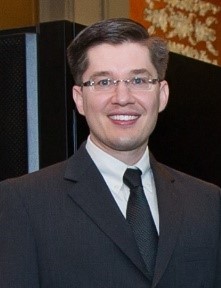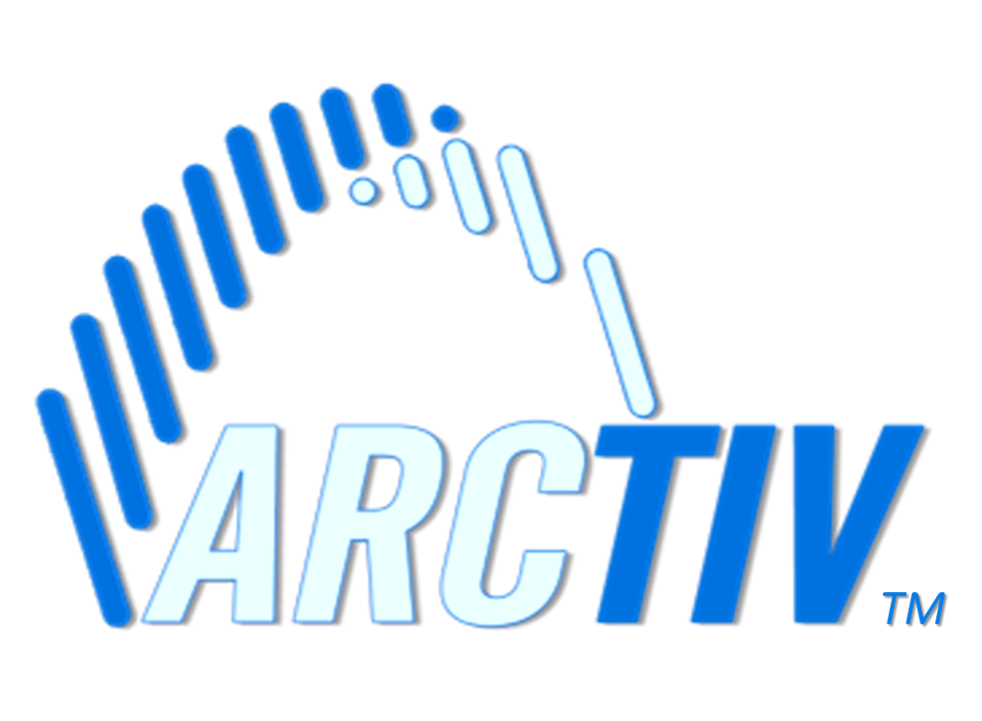Traditionally, IT office cabinets were designed to support light-duty switches, patch panels, routers and networking equipment while servers, UPS’s and large equipment were installed in a server rack located in a dedicated IT room. Now that the higher-power devices are moving to the edge, the cabinets needs to be upgraded to handle greater load, cable and air-flow density. Table 1 addresses the key issues affecting these applications.
Table 1. Key Factors Impacting Cabinet Specifications for High-Power IT Equipment
| Factor | Description |
| Higher load ratings | – Higher power systems will require greater power conditioning and back-up power. Rackmount UPS’s can commonly range from 1 – 3kVA for a small network and can add from 20 to 60 kg’s of added weight; requiring a robust, welded cabinet design with higher-rated castors or wall mounting brackets. |
| Greater depth | – Greater mounting depth is required to support the equipment, accessories and cables.
– Rackmount servers and UPS’s require from 450 to 900mmD rail depth |
| High density network and power cables | – IoT devices such as VoIP phones and security cameras require at least 30W per cable. Large cable bundles from the switch will dissipate significant heat and require greater organization and airflow regulation.
– Power cables need to be separated from the network cables to minimize power line noise interference. |
| Greater airflow | – Systems will require either passive (fan) or active (A/C) cooling. Fan capacities need to be sized based on the total KVA rating and the cabinet ventilation.
– In select cases, blanking panels and solid side panels can help manage the mix of hot and cold air. – Device layout inside the rack needs to be managed for proper spacing and heat dissipation. |
The Impact of Enhanced Power Over Ethernet (PoE++)
Starting in 2018, IEEE802.3bt amendment for Enhanced Power over Ethernet (PoE++) will increase from 30 watts (type 2) to 60 and 90 watts (type 3 and 4) per cable. The high-power cable ratings will allow a new tier of devices to be powered directly from the switch; eliminating the need for local A/C power converters. Once released, this will significantly impact the ratings of the cables and heat dissipation inside the cabinet. Table 2 compares the new ratings and devices.
Table 2. A Comparison of Power over Ethernet Ratings and Devices
| Per-Port Power |
15.4W (PoE) |
30W (PoE+) | 60W (PoE++) |
90W (PoE++) |
| Port Type |
Type 1 |
Type 2 | Type 3 |
Type 4 |
| Year Established |
2003 |
2009 | 2018 (pending) |
2018 (pending) |
| IEEE Standard |
IEEE802.3af |
IEEE802.3at | IEEE802.3bt |
IEEE802.3bt |
| Powered Devices |
IP Camera VoIP Phone 802.11n WAP |
PTZ Camera
Display Phone 802.11ac WAP |
Video Phones
10G WAP’s 5G small cells 802.11ax WAP |
LED Lighting & Signage POS systems Monitors / HDTV’s Laptops |
Impact on Cabling
Multiple types of cable ratings can be used to support the next-generation PoE capacities, including CAT5e, CAT 6 and CAT 6A, though enhanced cabling techniques need to be used in managing the higher heat dissipation. Recommended practices include:
- Limit cable bundle sizes based on NEC standards (best practice is less than 100 cables per bundle).
- Cable sizes are increasing to support higher power, temperature and transmission rates (from 24AWG to 22AWG), requiring greater cable management capacities.
- Power cables changing to support UPS and high-power switches, moving from local outlets to IEC-rated PDU’s.
ArcTiv Edge Series Cabinets offer greater depth, load rating, cable and airflow management to support high-powered equipment in a wide range of applications. The cabinet configurations and high-density accessories can be selected based on equipment rating to manage the cabling, airflow and device mounting. Key cabinet accessories include the Revi-Rail™ vertical cable management system along with a full line of cable and airflow management.
ABOUT THE AUTHOR

Daniel S. James II, MSEE, MBA
Daniel is the founder of ArcTiv Technologies and currently is resides in Taipei, Taiwan and St. Louis, MO, USA. He brings over 15 years of experience in both the data center and industrial automation industries having worked for Fortune 500 technology companies in various roles including Corporate Strategic Planning, Product Management and Business Development. Connect with him on Linked-In.

